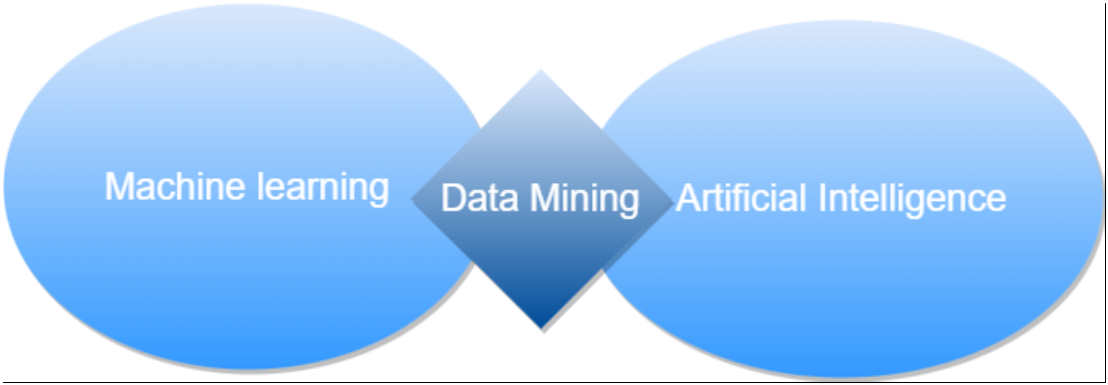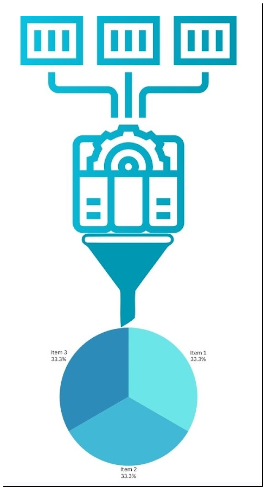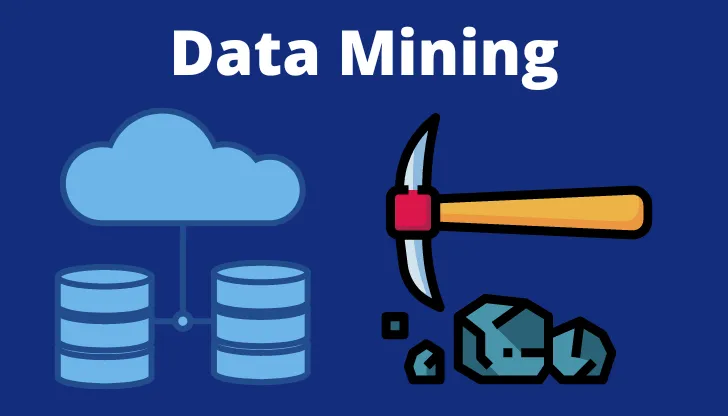What is Data Mining?
The technique of obtaining meaningful information from massive amounts of data is known as data mining. It is used to find fresh, reliable, and valuable patterns in data in order to find significance and relevant details for the business or individual who needs it. It is a tool that people employ.
Data mining is a well-known and diverse topic that concentrates on extracting meaningful information from massive amounts of data. In contrast, machine learning (ML) is a subset of data science. The primary goal of machine learning is to create models that can learn and predict from the information provided. Machine learning and data mining may be coupled to provide findings that can aid in making better business decisions and increasing an organization’s profit margins.

Simply described, data mining is the act of transforming raw data into significant data. It is one of the most prominent strategies for sorting meaningful information from a huge data set. It is also known as Knowledge Discovery in Data (KDD). The retrieved data may be utilized to spot patterns, trends, and draw helpful conclusions. Text data, online data, audio, video, image data, and social networking data may all be mined using this approach. It streamlines difficult tasks and may be used on relational databases as well as data centers.
meaningful information from a huge data set. It is also known as Knowledge Discovery in Data (KDD). The retrieved data may be utilized to spot patterns, trends, and draw helpful conclusions. Text data, online data, audio, video, image data, and social networking data may all be mined using this approach. It streamlines difficult tasks and may be used on relational databases as well as data centers.
Data cleansing, data integrating, data selecting, transforming of data, and knowledge delivery are all part of the KDD process. The resultant data is saved in a location known as a data repository. When compared to other statistical methodologies, data mining is the most cost-effective. It is frequently utilized in areas like retail, banking, advertising, interaction, healthcare, and many others with high customer expectations.
Data Mining vs Machine Learning
| Type | Machine Learning | Data Mining |
| Data | Give output with lesser data | Required Large data |
| Capability | Self-Learning capability | Without self-learning capability |
| Human Involvement | Human efforts are required for making algorithms which can alter anything anytime | Human efforts are required every time |
| Input | Labeled or unlabeled data for training | Historical data |
| Output | Deliver precise and accurate information | Doesn’t provide accurate information |
| Required | Use neural network | Use data warehouses, data mining engine and pattern assessment |
| Methods | SVM, Decision tree, Neural Network | Statistics, Clustering, Regression |
What is the usage of Machine Learning in Data Mining?
Despite their distinctions, machine learning and data mining have parallels in recognition of patterns and may complement each other in a variety of situations:
- Machine learning may improve data mining by automating cleaning up Information, removing duplicates and increasing data quality. For categorization, random forest algorithms can be utilized.
- Data mining methods detect process-related problems but not the underlying causes. Machine learning can assist in the resolution of these challenges, especially when integrated with root cause analysis tools.
- Machine learning methods such as Optical Character Recognition (OCR) and Natural Language Processing (NLP) turn unorganized information into a machine-readable format, allowing data mining tools to more efficiently examine unstructured data.
- When data mining tools become difficult as a result of a high number of variables, algorithms for machine learning and computer vision may streamline the evaluation and produce appropriate results.
- Data mining techniques focus on historical performance, but machine learning may anticipate future results and offer alerts for enhancements or flaws in present operations when combined.
In conclusion, the combination of machine learning and data mining provides excellent methods for analyzing and making sense of massive datasets, delivering significant conclusions for future applications.
FAQs
- What exactly is the distinction between data mining and machine learning?
-
-
- The process of detecting trends and collecting information from enormous data sets is known as data mining, whereas machine learning is concerned with constructing algorithms and models that acquire information from data and make recommendations or judgments.
-
- Which is preferable, data mining or machine learning?
- The decision between data mining and machine learning is determined by the job or aim at hand. Data mining is useful for identifying trends and insights in current information, but machine learning is useful for developing predictive models and making data-driven choices. Both methodologies have advantages and disadvantages and can be used in tandem for complete data analysis.
- What role does AI play in data mining?
- Data mining is an artificial intelligence-powered technology. Data mining using artificial intelligence (AI) techniques aids in the examination, visualization, and discovery of relevant patterns in data.
- Is data mining simple or difficult to get acquainted with?
-
- Learning data mining is challenging due to a variety of reasons, including prior knowledge, expertise, and the intricate nature of the processes and instruments required. Data mining necessitates a firm grasp of statistical analysis, data manipulation, and machine learning techniques. While there is a process of learning, data mining can be mastered with determination and experience.
